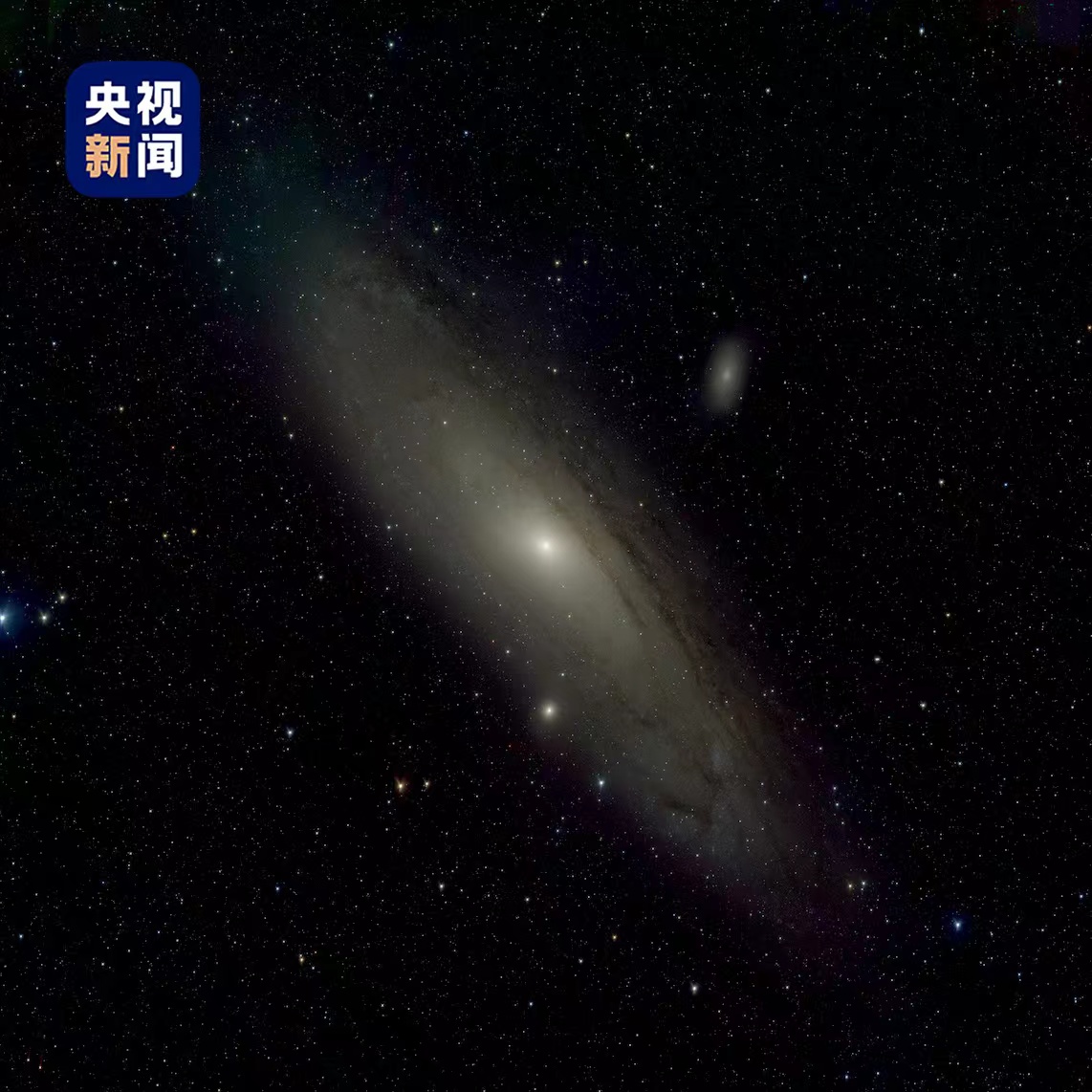Chinese astronomers calculate mass of Andromeda Galaxy with new precision
chinadaily.com.cn | Updated: 2024-02-07 13:36

Utilizing the spectrum data gathered by the Large Sky Area Multi-Object Fiber Spectroscopic Telescope, along with other surveys and observations, Chinese astronomers have constructed the most detailed rotation curve of the Andromeda Galaxy (M31) ever made, calculating the mass of the galaxy to be about 1.14 trillion times that of the Sun.
The study, undertaken by researchers from Yunnan University and other institutions in the country, was published recently in the journal Monthly Notices of the Royal Astronomical Society.
With a distance of about 2.5 million light-years from the Earth, the Andromeda Galaxy is the nearest large spiral galaxy to the Milky Way, serving as an ideal astrophysical laboratory for exploring the formation and evolution of galaxies.
"However, due to the considerable distance of the galaxy from the Earth, it has been difficult for astronomers to identify the celestial bodies in it, and the lack of motion information for these celestial bodies made it extremely challenging to accurately establish the galaxy's rotation curve," Chen Bingqiu, a professor at Yunnan University and co-corresponding author of the study paper, was quoted as saying by Science and Technology Daily.
In this study, the research team collected radial velocity measurements for 13,679 celestial bodies in the Andromeda Galaxy and determined the rotation curve within 407,600 light-years from its center, achieving an accuracy of 5 percent to 20 percent.
It showed that the rotation curve remains relatively constant at about 220 kilometers per second within its galactic disk, gradually decreasing outward to about 170 kilometers per second at its outer halo.
And based on the rotation curve, the research team constructed a mass model for the Andromeda Galaxy consisting of three components, providing the mass distribution of the galaxy.
According to Chen, the study offers a new understanding of the mass distribution of the Andromeda Galaxy and, by extension, spiral galaxies in general, holding significant importance for further comprehension of the dynamical structure, formation and evolution of spiral galaxies.
























